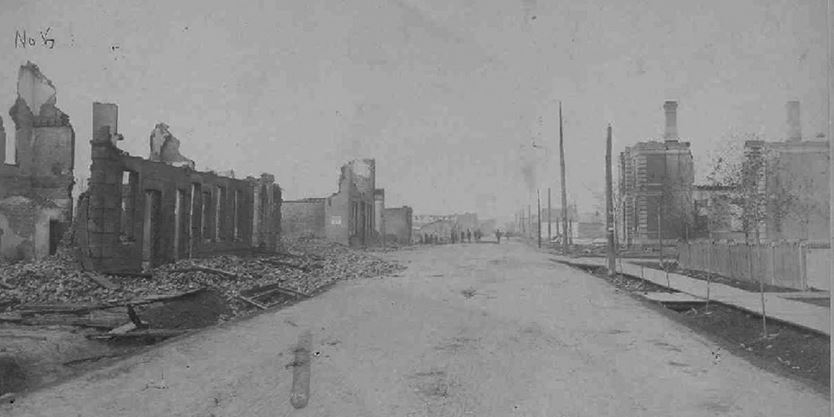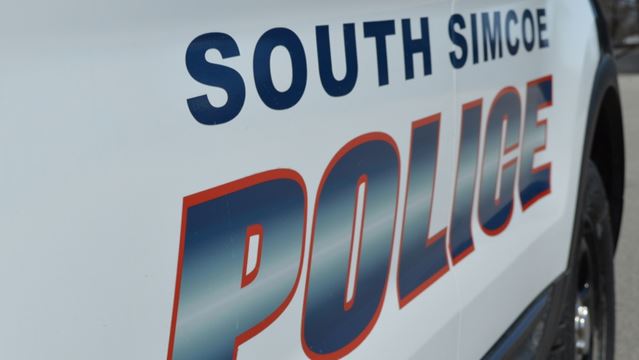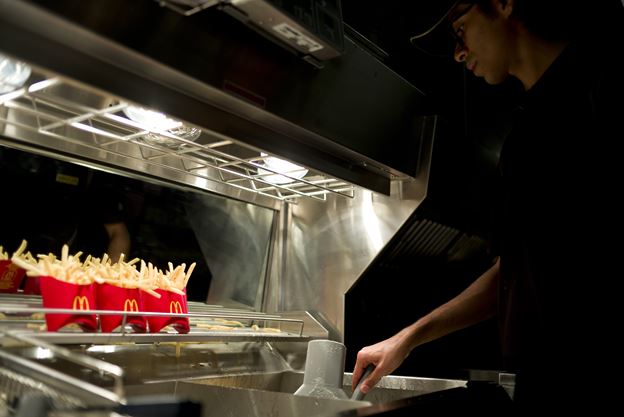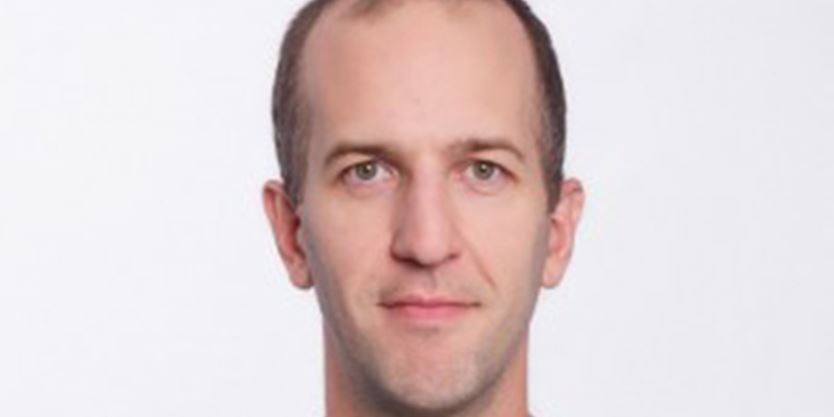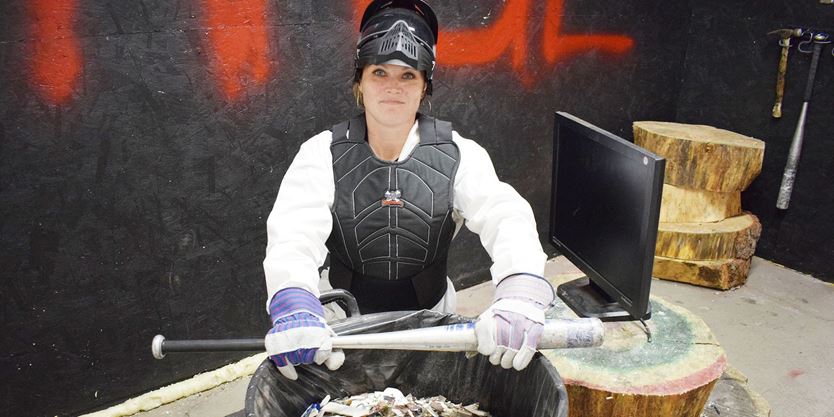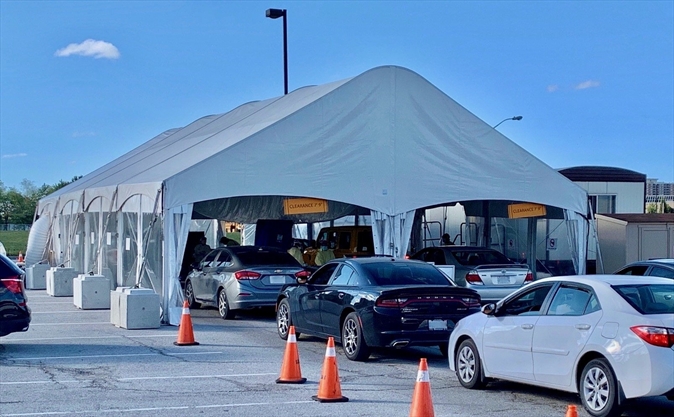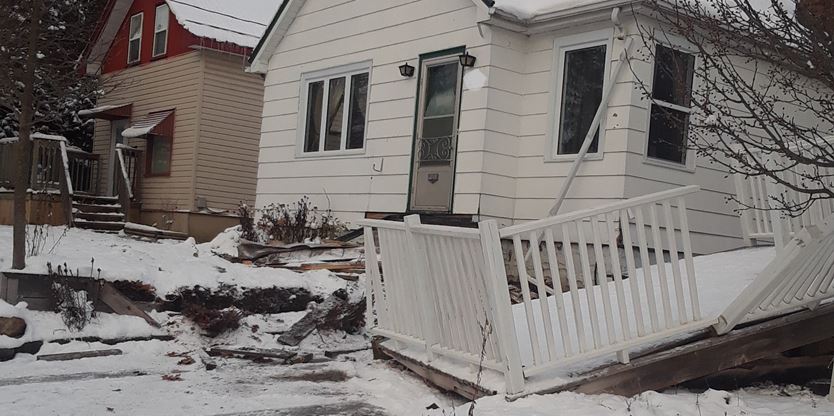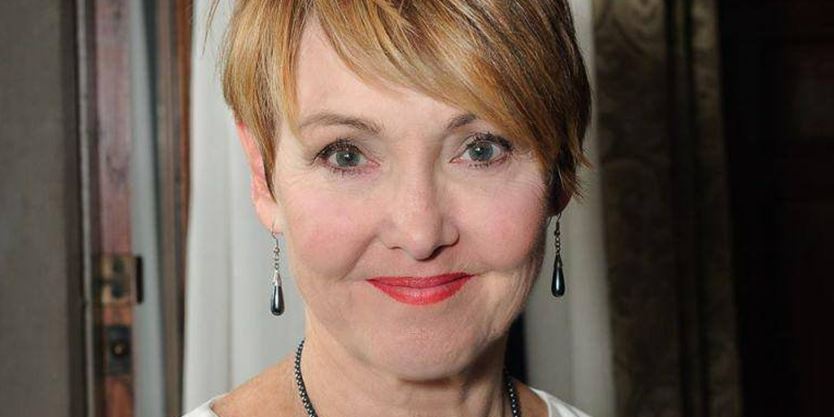Health Canada has given the green light to a rapid test for , but experts say people shouldn’t expect the testing backlog — and lineups — will disappear anytime soon.
“It’s sort of sold as reducing the backlog,” Dr. Zain Chagla, an infectious disease specialist with McMaster University, said about the newly approved ID Now test. “I’m uncomfortable with this. I don’t think this is going to significantly reduce the backlog by any means.
“It is nice to have another tool to get people tested, but this is probably not the test that’s going to change the provincial testing queues altogether.”

Ottawa announced Wednesday it approved the test developed by Abbott Laboratories, which can deliver results in less than 15 minutes of a patient being swabbed, without having to first send the sample to a lab for processing.
Neither the company nor the federal government will be more specific about when the test kits will start arriving, other than “the coming weeks.”
The approval came a day after the federal government announced it had signed a deal to buy nearly eight million of the tests from the U.S.-based company, pending Health Canada approval, as well as 3,800 of the analyzer machines that process the results.
The ID Now test has been approved and used in the United States since the end of March under an emergency authorization, but not without controversy. Several clinical studies have since raised concerns over its accuracy, though others concluded with more favourable results.
“If you look at some of the literature that has come out around this machine, it does miss some positives,” noted Chagla. “From reading the U.S. experiences, people who are still having symptoms after a negative test are recommended to get another test.
“There’s limitation with this machine but it’s better than nothing at this point.”
According to an Abbott spokesperson, the test needs to be administered by a trained health-care provider.
A swab is taken either from the nose or the back of the throat, and then mixed with a chemical solution that can “recognize a unique section of the Coronavirus genome, while ignoring other viruses even if they’re similar strains,” the spokesperson told the Star in an email.
“ID NOW delivers reliable results in minutes, rather than hours or days, on the frontlines of the COVID-19 pandemic with accuracy rates as high as 94.7% compared to lab-based PCR reference tests in the acute phase of illness.”
Dr. Andrew Morris, an infectious disease specialist at Sinai Health and University Health Network, called the approval of the rapid test “welcome” but not a surprise. The test “has been approved in almost every jurisdiction where there’s been an application,” he said.
The question now is when these tests are going to arrive.
Other countries and the World Health Organization have also purchased them, and it’s not clear “where we are in the pecking order,” Morris said.
“Inevitably it’s going to help us but we really needed it several weeks ago to avoid our backlog,” he said.
The province also needs to figure out how the new tests will be used as part of a larger strategy, which should include “surveillance, screening and diagnostic testing.”
That’s something “we’ve been really challenged by,” Morris said. “This will expand our capacity for testing, it probably won’t be used in the highest stakes, because almost certainly its quality is not going to be as good as the gold-standard PCR test.”
While the rapid test can relieve the pressure on the back end of the testing process at labs, Chagla said people still need to go through the same registration at COVID assessment centres and line up to get tested.
Local health authorities need to take a look at what their testing needs are and how the test can meet those needs.
The rapid test works best in remote areas where test centres and labs are far and apart, for asymptomatic people and at high-risk workplaces where routine testing is called for, said Chagla.
“We need to develop a system to determine who is best for what test,” Chagla said.
Dr. Isaac Bogoch, an infectious disease specialist at the University Health Network, said the approval will “provide incremental help” and is “an excellent move” but “not a silver bullet.”
It might be particularly helpful in remote or northern communities that are far from labs, for some workplace outbreaks, or even in underserved urban neighbourhoods that have been hard hit by COVID, to “remove barriers” to testing.
The newly approved rapid ID NOW test is not to be confused with antigen tests, which test proteins on the surface of the virus. Health Canada said Tuesday it’s still reviewing those.
The goal, said Bogoch, would be a rapid antigen test that you could do at home, before heading to work or school, similar to a pregnancy test.
If it was positive, he said, it would trigger a more formal test at the centre. But in the meantime it would let you know not to go to work and to isolate, to avoid infecting others.
Nicholas Keung is a Toronto-based reporter covering immigration for the Star. Follow him on Twitter:
May Warren is a Toronto-based breaking news reporter for the Star. Follow her on Twitter:


